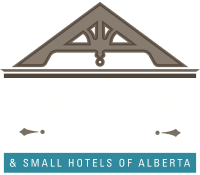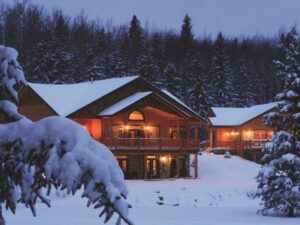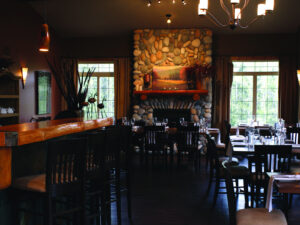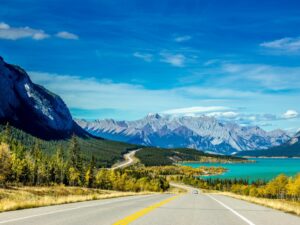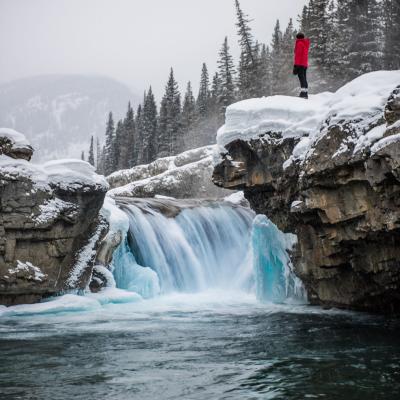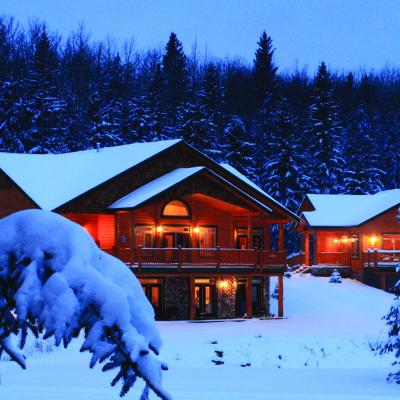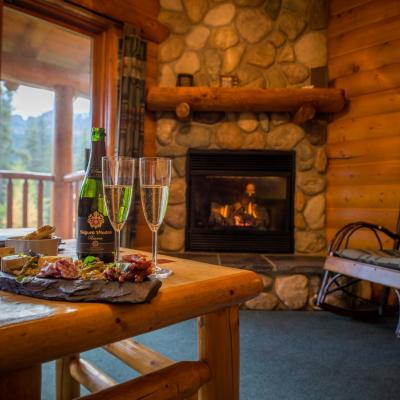
Delve into the rich history of the fur trade at the Rocky Mountain House National Historic Park where marked trails take you through four original fur trading posts.
What is now a timber, agriculture, oil and gas resource center was once the site of four fur trading posts in the early nineteenth century. The National Historic Park site features a walking trail system where audio guides and illustrated signs take visitors from post to post. For the nature enthusiast, there are several signs depicting the plants of the region as well as other natural points of interest.
Accommodation
Activities & Attractions
Rocky Mountain House offers outdoor activities such as golf, canoeing, fishing in the nearby Prairie Creek and trail riding. In the winter, cross-country skiing, snowshoeing and cuddling up beside a fire are favourites.
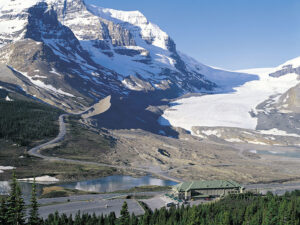
Columbia Icefields and the Athabasca Glacier
The Columbia Icefield is the largest icefield in the Canadian Rockies, covering some 230 sq km (89 sq mi) to a depth of 365 m (1,200 ft) and some 28 km (17 mi) long. Draped over the continental divide on a high alpine plateau along the Alberta-BC border, it receives an average of 7 m (23 ft) of new snowfall per year.
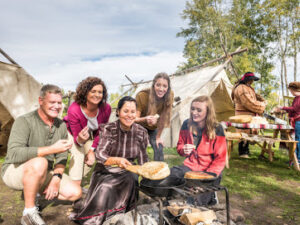
Rocky Mountain House National Historic Site
Rocky Mountain House National Historic Site is one of Canada’s fine examples of how the fur trade helped shape the nation. Enjoy exhibits, walk through archaeological remains of the four forts, get hands on experience with Métis skills of the fur trade.
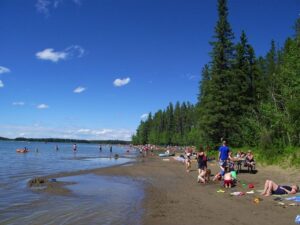
Crimson Lake & Provincial Park
Crimson Lake is 14km west of Rocky Mountain House. During the summer, enjoy all the amenities the park has to offer, including a boat launch and large beach. In the winter, there is a maintained skating rink, and groomed and packed trails for cross-country skiing, snowshoeing, and fat biking.
Wildlife
There is abundant wildlife in the Rocky Mountain House area including grizzlies, moose, and bighorn sheep. Fishing is a popular sport year round in this area.
Book your Mountain Experiences
We've partnered with Discover Banff Tours to make it easy to book your mountain experiences. Enjoy small, personalized tours, and worry free cancellations.
